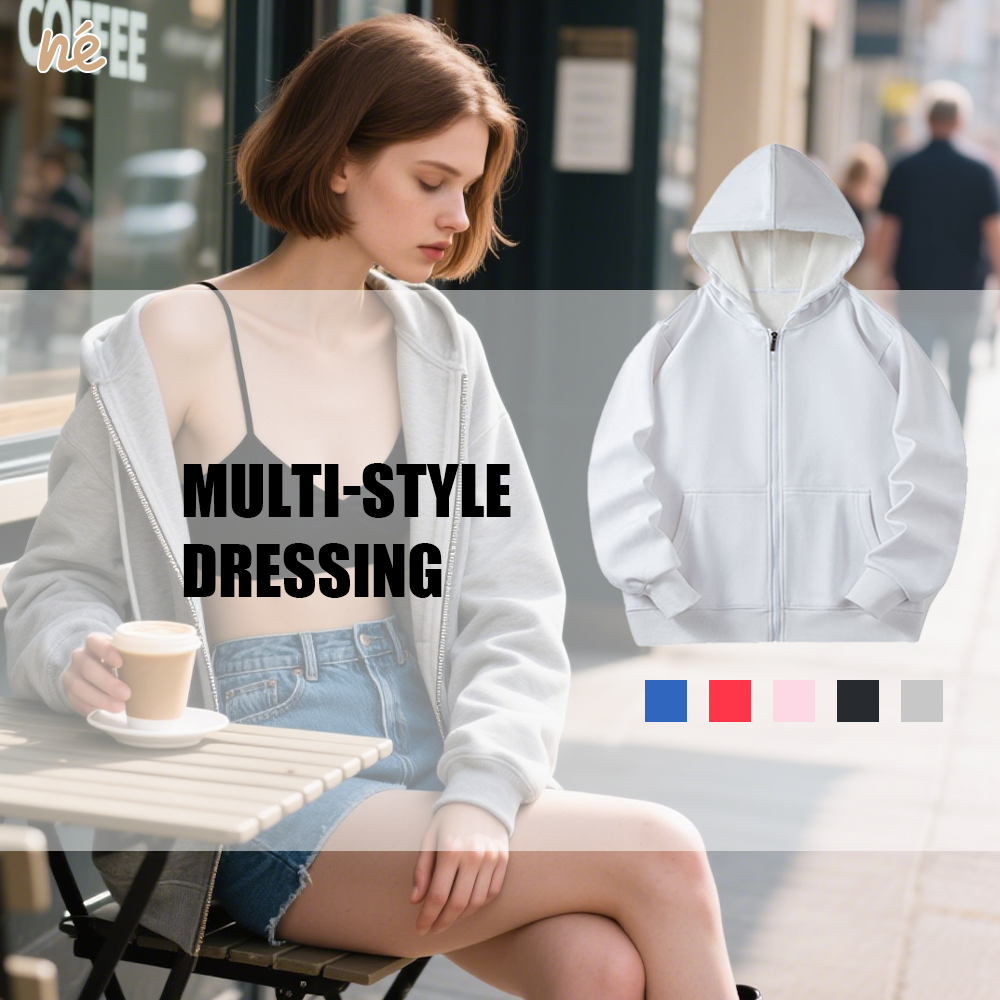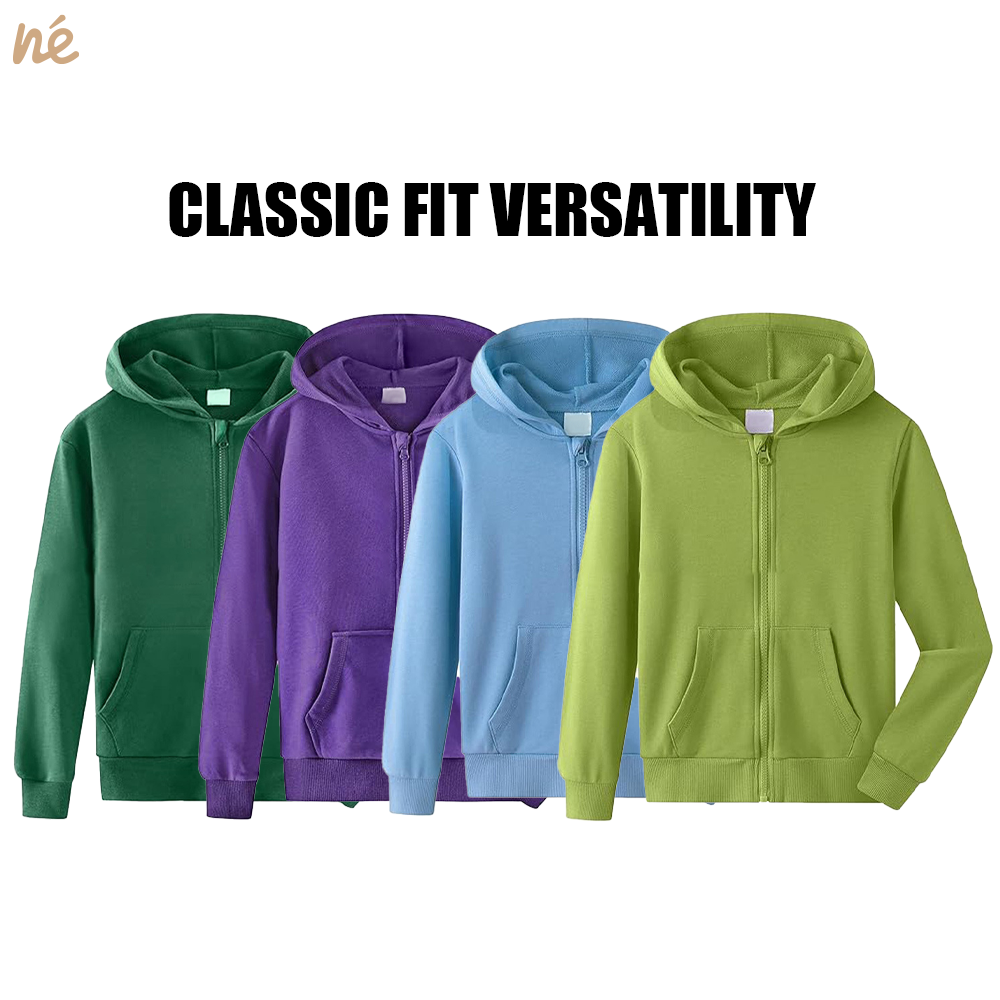The Global Landscape of Premium Hoodie Production
The world of hoodie manufacturing has evolved dramatically over the past decade, transforming from simple sportswear production into a sophisticated industry that combines fashion, functionality, and sustainability. Today's leading hoodie manufacturers blend cutting-edge technology with traditional craftsmanship to create garments that meet the ever-growing demands of both retail brands and conscious consumers.
As the athleisure trend continues to dominate global fashion markets, hoodie manufacturers have positioned themselves at the forefront of innovative textile production. From small boutique workshops to large-scale industrial facilities, these manufacturers are revolutionizing how we think about casual wear, incorporating advanced materials and sustainable practices into their production processes.
Key Manufacturing Regions and Their Specialties
Asian Manufacturing Powerhouses
Asia remains the epicenter of hoodie manufacturing, with countries like China, Bangladesh, and Vietnam leading the charge. Chinese hoodie manufacturers, in particular, have mastered the art of high-volume production while maintaining consistent quality standards. Their facilities often feature state-of-the-art equipment and automated processes that enable them to fulfill large orders efficiently.
Bangladesh has emerged as a strong competitor in the hoodie manufacturing sector, offering competitive pricing while increasingly focusing on ethical production standards. Vietnamese manufacturers have carved out their niche by specializing in premium athletic wear, with many facilities achieving international certifications for quality management.
European Craft and Innovation
European hoodie manufacturers, particularly in Portugal and Turkey, have established themselves as leaders in premium and luxury segment production. Portuguese manufacturers are renowned for their attention to detail and use of high-quality organic materials, while Turkish facilities excel in combining traditional textile expertise with modern manufacturing techniques.
These European manufacturers often work with smaller batch sizes, focusing on customization and specialized designs that cater to high-end fashion brands and boutique labels. Their production processes typically incorporate sustainable practices and innovative fabric technologies.

Manufacturing Capabilities and Quality Standards
Advanced Production Technologies
Modern hoodie manufacturers employ sophisticated equipment and techniques to ensure consistent quality across production runs. Computer-aided design (CAD) systems and automated cutting machines guarantee precise measurements and minimal waste. Many facilities now utilize digital printing technologies that allow for intricate designs and patterns while maintaining durability through countless wash cycles.
Quality control systems have become increasingly sophisticated, with manufacturers implementing multiple inspection points throughout the production process. From fabric testing to final product examination, these measures ensure that every hoodie meets stringent quality standards.
Material Innovation and Sustainability
Leading hoodie manufacturers are at the forefront of material innovation, working with advanced fabrics that offer enhanced comfort and functionality. Many have invested in research and development to create proprietary blends that combine durability with performance features like moisture-wicking and temperature regulation.
Sustainability has become a core focus, with manufacturers incorporating recycled materials, organic cotton, and eco-friendly dyes into their production processes. Some facilities have implemented closed-loop systems to minimize water usage and reduce environmental impact.
Custom Manufacturing and Design Services
Collaborative Design Process
Modern hoodie manufacturers offer comprehensive design services, working closely with brands to develop unique products. These services often include pattern making, sample development, and material sourcing. Manufacturers provide technical expertise to ensure designs are both aesthetically pleasing and practically producible at scale.
Many facilities maintain dedicated design teams that can help brands refine their concepts and suggest improvements based on current market trends and manufacturing capabilities. This collaborative approach helps streamline the development process and ensures better end products.
Customization Options
Today's hoodie manufacturers offer extensive customization possibilities, from fabric weight and texture to specialized finishing techniques. Options include custom labels, packaging, and unique hardware elements that help brands differentiate their products in the market.
Advanced manufacturing capabilities allow for detailed embroidery, screen printing, and appliqué work, enabling brands to create distinctive designs that resonate with their target audience. Many manufacturers also offer low minimum order quantities for customized products, making it easier for smaller brands to access quality manufacturing services.
Supply Chain and Distribution Excellence
Global Logistics Networks
Successful hoodie manufacturers maintain robust supply chain networks that ensure reliable access to raw materials and efficient distribution of finished products. These networks often span multiple continents, allowing manufacturers to source the best materials while managing costs effectively.
Many manufacturers have invested in digital tracking systems that provide real-time updates on production status and shipment locations, helping brands better manage their inventory and plan product launches. These systems also facilitate better communication between manufacturers and their clients.
Inventory Management Solutions
Leading manufacturers offer sophisticated inventory management services, including warehousing and just-in-time production capabilities. These services help brands optimize their stock levels and reduce storage costs while ensuring product availability meets market demand.
Advanced forecasting tools and analytics help manufacturers predict seasonal demands and adjust production schedules accordingly, ensuring efficient resource allocation and timely delivery of products to market.
Future Trends in Hoodie Manufacturing
Digital Integration and Smart Features
The future of hoodie manufacturing is increasingly digital, with manufacturers exploring ways to incorporate smart textiles and wearable technology into their products. From temperature-responsive fabrics to integrated electronic components, these innovations are pushing the boundaries of what's possible in hoodie design.
Manufacturers are also investing in artificial intelligence and machine learning technologies to optimize production processes and improve quality control. These advancements promise to make manufacturing more efficient while reducing waste and environmental impact.
Sustainable Manufacturing Evolution
Environmental consciousness continues to drive innovation in hoodie manufacturing, with facilities developing new ways to reduce their carbon footprint and minimize waste. Many manufacturers are transitioning to renewable energy sources and implementing water recycling systems.
The industry is also seeing increased adoption of biodegradable materials and eco-friendly packaging solutions, responding to growing consumer demand for sustainable products. These initiatives are reshaping the future of hoodie manufacturing and setting new standards for responsible production.
Frequently Asked Questions
What should brands look for in a hoodie manufacturer?
When selecting a hoodie manufacturer, brands should consider factors such as production capacity, quality control standards, sustainability practices, and customization options. It's also important to evaluate their communication processes, pricing transparency, and ability to meet delivery deadlines.
How long does the manufacturing process typically take?
The timeline for hoodie manufacturing can vary significantly depending on factors such as order quantity, design complexity, and current production schedules. Generally, standard orders can take 4-8 weeks from design approval to completion, while custom or large orders may require 8-12 weeks or more.
What minimum order quantities do manufacturers typically require?
Minimum order quantities vary by manufacturer and product type. Large-scale manufacturers might require orders of 1,000 pieces or more, while smaller facilities specializing in premium products may accept orders as low as 100-250 pieces. Some manufacturers offer flexible MOQ options for different product categories.



